Is this mostly an excuse to share some lovely photos of extraordinary animals? Yes, it is.
Is it also an excuse to share a couple of historical war-related tangents that I’ve had up my sleeve for ages on the off-chance I decided to do a podcast episode about flying fish? Yes, it is.
There’s not going to be a flying fish episode anytime soon. Too many other animals on my to-do list. So instead …
I’ve said before, in a past episode, that I - like probably lots of people - have seen flying fish fly and not really been appropriately awed by what I’m witnessing. This is a case where good photos can restore some of the wonder. They freeze the beauty of the moment for us to admire. They give us a chance to think ‘That really is a strange and surprising thing I’m looking at’.
A flying fish frozen in flight reminds me of some glassy Lalique or Swarovski sculpture/ornament.
Beautiful. And the beauty really is the main point of this post for me. But also biologically extraordinary, obviously, because this is a fish that glides through the air. For tens of metres/yards or even a few hundred if they can catch an updraft. It’s a fish with wings, people! Crazy. An exquisite marriage of form and function orchestrated by evolution.
And there are many more different species of flying fish than you might imagine - dozens. That one above is the Margined Flying Fish.
Here’s Bennett’s Flying Fish:
The Clearwing Flying Fish:
Photo: Scott Harris via iNaturalist, CC BY 4.0
Atlantic Flying Fish:
Spotfin Flying Fish:
Photo: Charlotte Kirchner via iNaturalist, CC BY 4.0
Nature + Photographer = Art.
Historical Tangent #1: Perhaps not surprising, given how striking and kind of counter-intuitive these animals are, that the name ‘Flying Fish’ has been appropriated by us humans.
Powered aircraft that could take off from and land on water became a thing from 1910 onwards. The Curtiss aircraft company in the US was one of the main early developers, and one of their earliest versions was … Flying Boat No.2, the ‘Flying Fish’, seen here making its first successful flight in 1912:
A less obvious connection to aircraft, though, comes up around the same time. This is probably taken in 1918, towards the end of the First World War: "Captain Harry Gwynne and his decorated Nieuport Plane, "The Flying Fish", France":
It’s a Nieuport biplane - I believe (I could be wrong) the first type of combat aircraft to have permanent, fixed machine guns mounted. Why Harry Gwynne was taken with the idea of turning his into a flying fish … I do not know. Cool, though.
Back to Nature. Flying Fish arguably should be called Gliding Fish, since that’s what they’re doing. Not powered flight, but gliding - though they do have a ‘powered launch’. Their tails propel them up and out of the water and can even give them a bit of extra oomph over the surface of the ocean:
Photo: Adam J. Searcy via iNaturalist, CC BY 4.0
However, flying is the name that’s stuck. For example, here’s an early illustration of a widespread Flying Fish species - commonly known as the blue or cosmopolitan flying fish (or sometimes other names):
The scientific name for this species is Exocoetus volitans. The second half of that - volitans - literally just means flying in Latin. The first half - Exocoetus - is ultimately from ancient Greek, via Latin. It meant something like ‘fish that sleeps on the shore’.
Exocoetus is just one of several different genera of flying fish - but they’re all grouped in the family Exocoetoidea. And at this point those with an interest in military history or military technology might guess where we’re going with …
Historical Tangent #2: Unless I’m forgetting something, the last time the UK had a one-on-one war with another country was the 1982 Falklands War against Argentina. During which three (I think it’s three, anyway) British naval vessels were hit by anti-ship missiles, with considerable loss of life, and the total loss of two of the ships.
The missiles the Argentinians were using were French-built, and they were called … Exocets.
Because the French name for a Flying Fish, from the Latin, as also reflected in the scientific names, is exocet. And one of the multiple ways these anti-ship missiles could be launched was as an extremely low-altitude sea-skimmer.
So these particular flying fish are ship-sinkers.
I prefer the natural version, though:




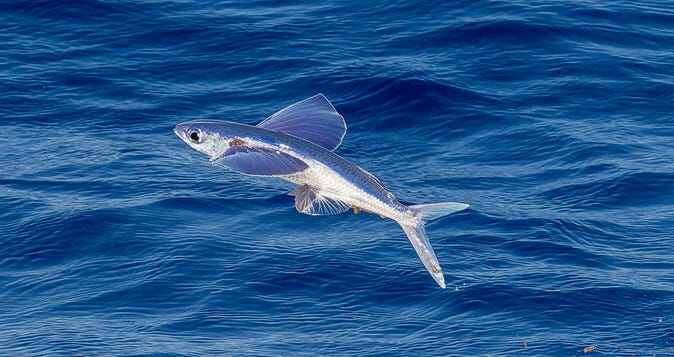
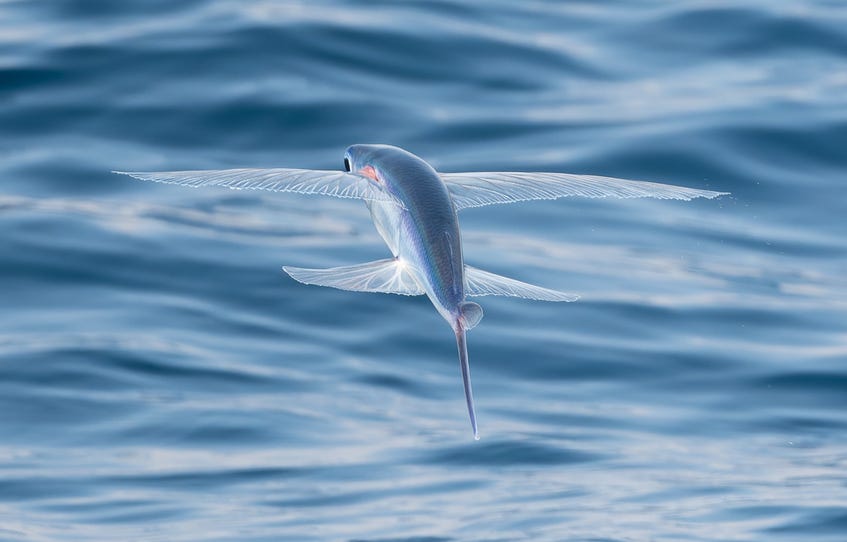
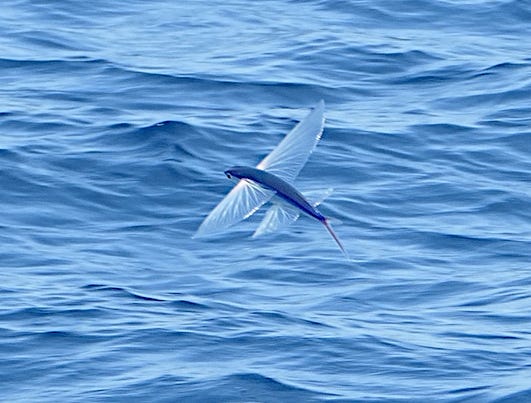

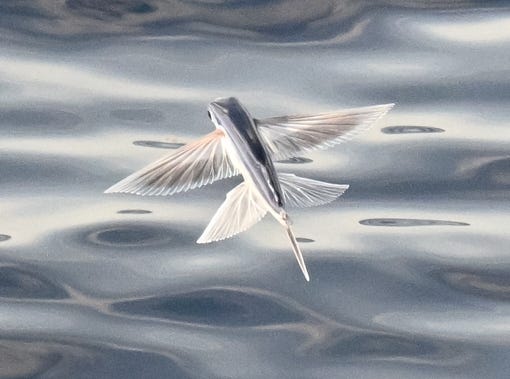
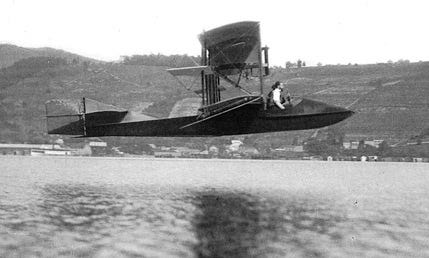
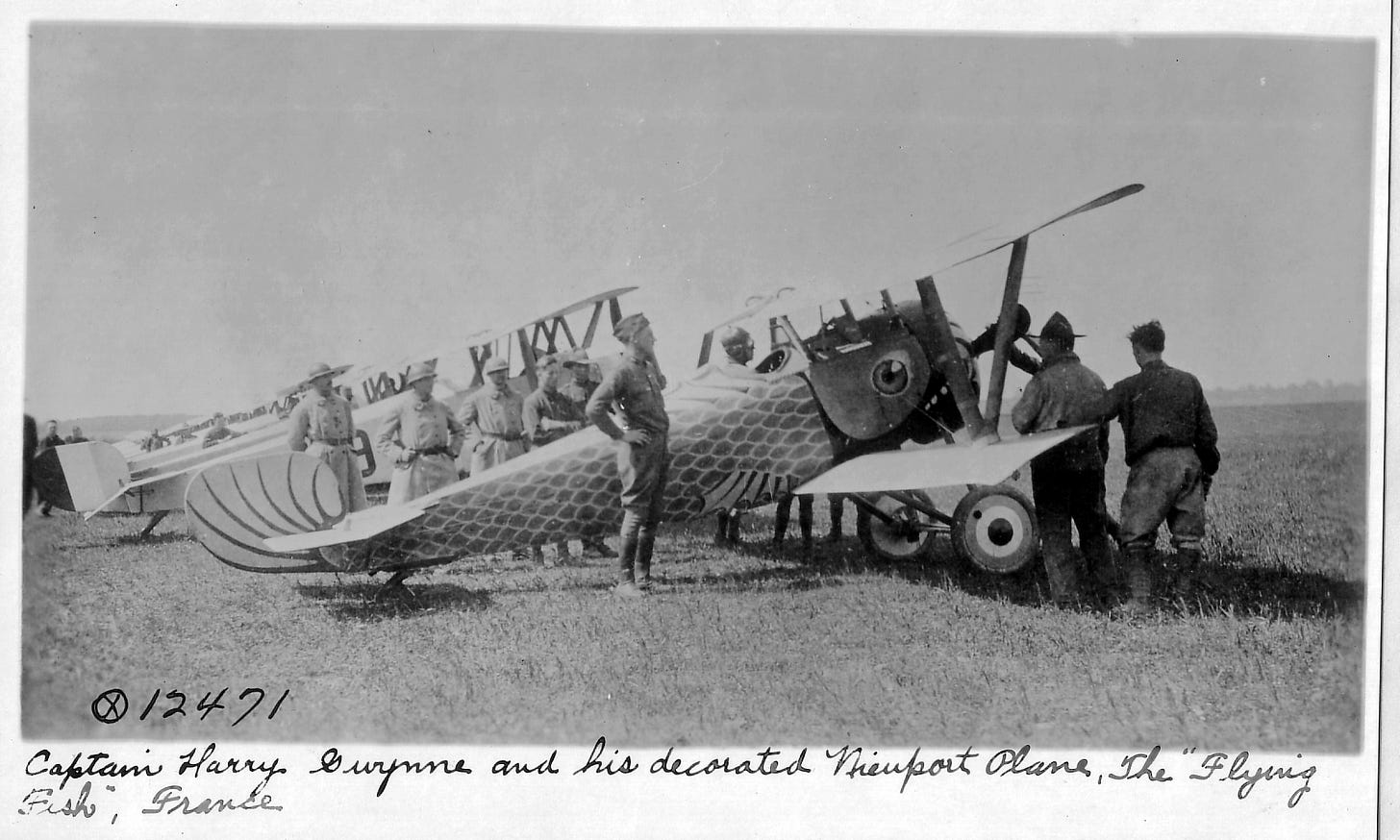
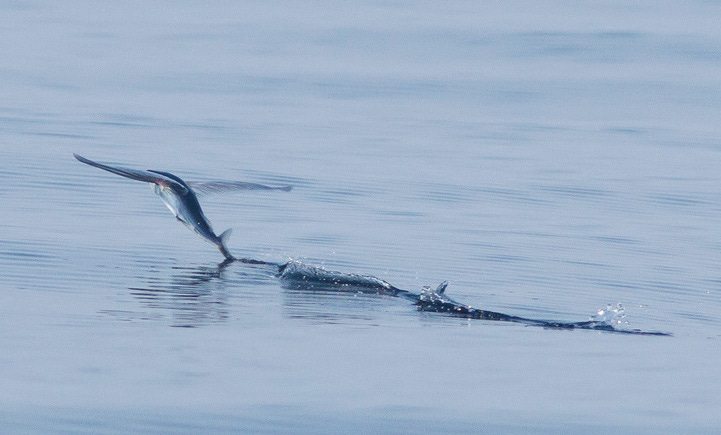
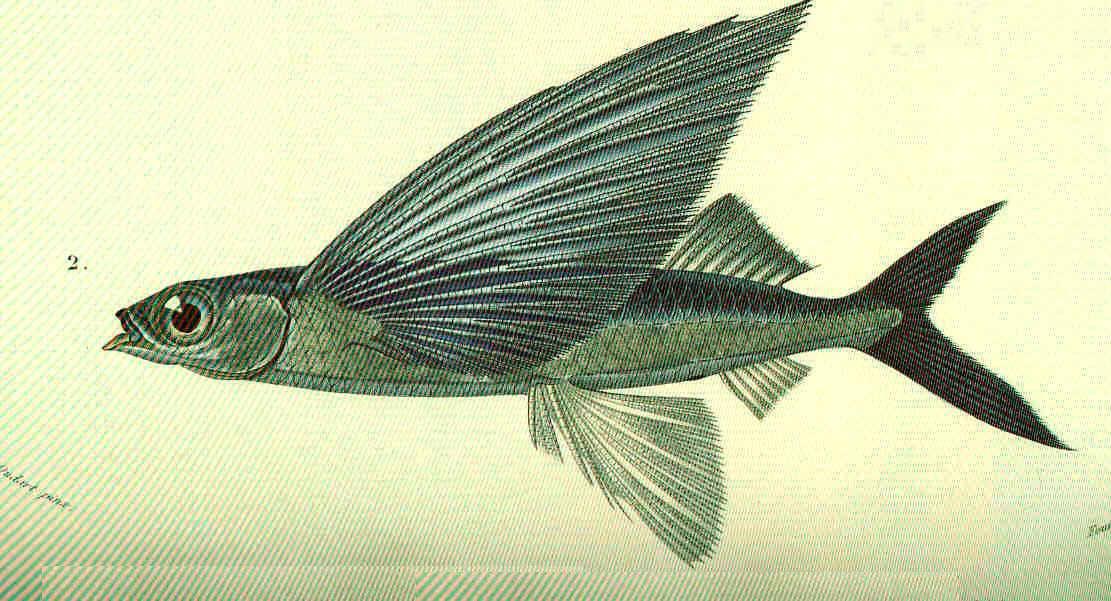
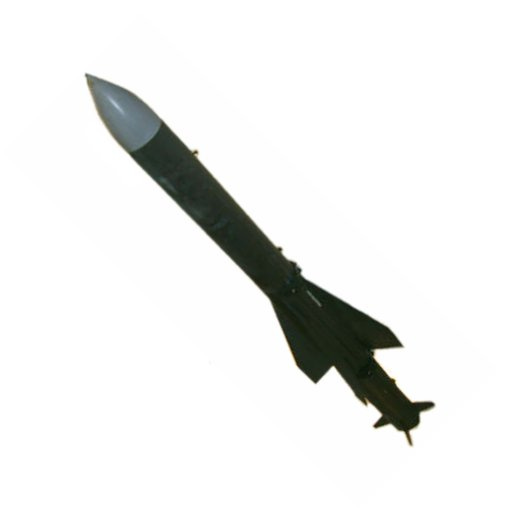
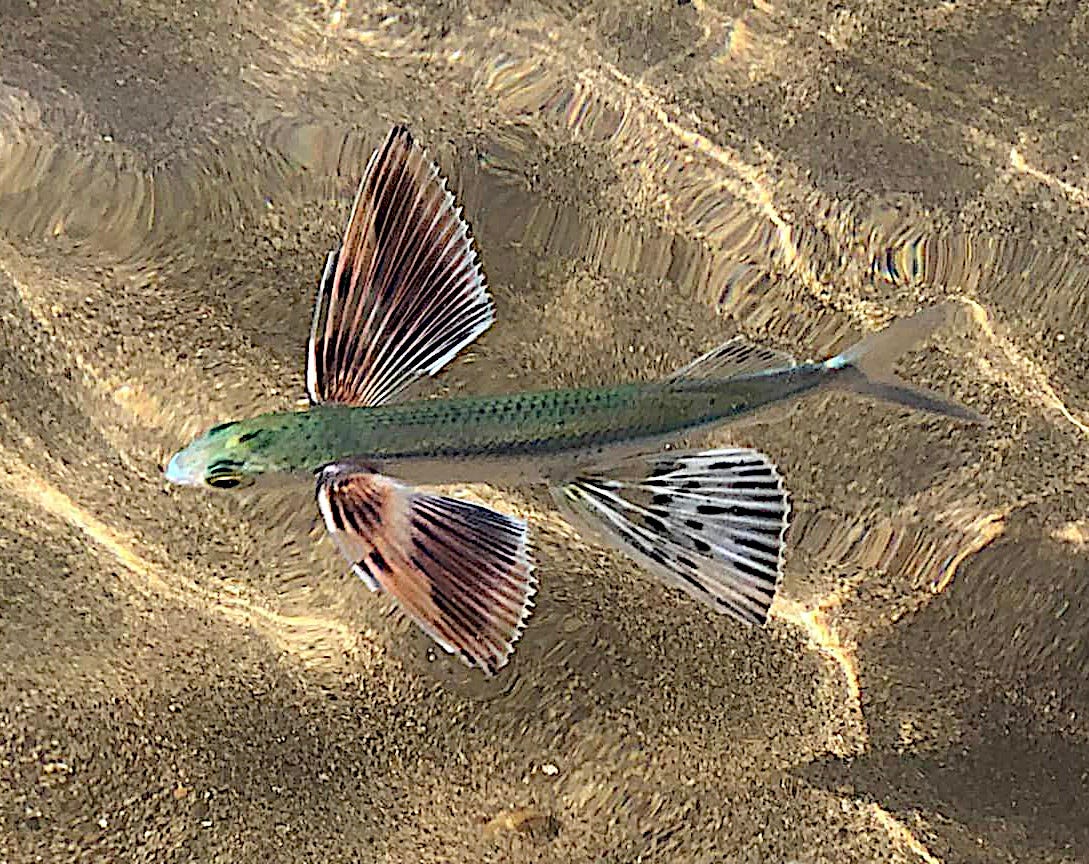
As a kid, I had the fantastic privilege of being in the middle of an entire school of these while on a tiny catamaran in the ocean. Being pushed quickly through the water by the wind is already kind of a magical experience, but to simultaneously be surrounded by flying fish that jump out of the water to glide along next to you for a few seconds at a time is... an experience I'll never forget.